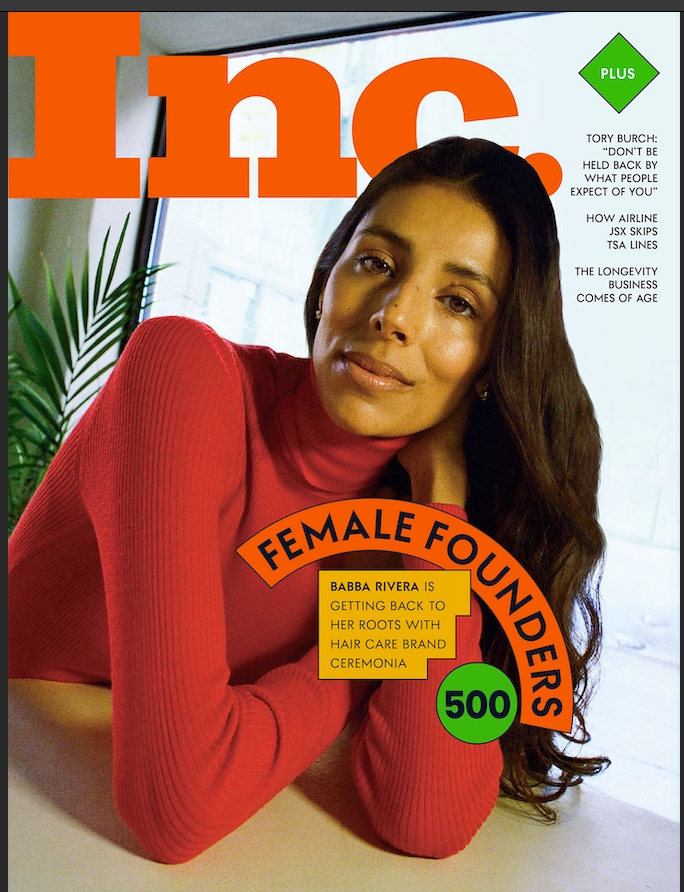
Last week, as I watched Apple's keynote presentation during its Worldwide Developers Conference, I was reminded how much better Apple is at introducing its products than basically anyone else. Like, a lot better.
You can argue about the features, or whether Apple introduced the right products, or whether $999 for a monitor stand is insane (it absolutely is). You can debate all of those things, but when it comes to the people standing on the stage talking, Apple does it better than anyone.
Listen, I get that, like any public presentation, introducing new products is hard. Which is probably why the majority of the time these presentations are terrible. And it isn't just product announcements.
You've probably even been to meetings or conferences or events where the person on the stage was paid a great deal of money, presumably because they are capable of stringing together more than a few words into a sentence that will supposedly change your life.
Instead, within a few minutes, all you can think of is whether you'll live long enough to make it through the unbearable torture of someone who has no feel for their audience, or no business giving public presentations.
With that in mind, here are five things you can do to give a presentation the way Apple does:
1. Make people feel.
Every good presentation starts with a story that makes people feel. Apple's product introductions always start with a story of some kind. Sometimes it's a two-minute video of abstract shots of a product. Sometimes it's a brief line or two to connect the audience with Apple's core mission.
For example, Apple started the WWDC keynote with a video about how hard developers work. The audience knew exactly what it feels like to be someone in that video, and they now knew that Apple understood. It put everyone on the same side, which is a powerful place to be when you're basically showing off the next high-margin products you want people to buy.
2. Act as if.
"We think you're gonna really love it." I think this is my favorite thing that Tim Cook says. It's not, at first, as exciting as "There's one more thing," but from the standpoint of what defines an Apple presentation, it's almost as big a deal.
Here's why. Every time Cook says it, he's made an assumption about his audience and he creates an expectation for them that the thing he's talking about is going to bring them joy. Then he acts as if it's true.
No one presenting is trying to convince you that you "should" love it, they simply act as if you already do. This is actually one of the most effective ways to communicate with people. Instead of telling people why they should care, simply act as if they do, since it's reasonable to assume they wouldn't be there otherwise.
3. Show it in real life.
If you watched the WWDC keynote, you probably noticed that while Apple certainly talked about what's new, it spent very little time talking about "features." This is really amazing if you think about it, since it's a developers conference and you'd probably expect a features demo. Instead, it was a "here's how this thing we just talked about makes your life better" demo. There's a big difference.
Instead of showing off aspects of its new device or software, Apple just shows you how you'll be doing the things its already told you that you'll love doing with the new product. By showing it to you this way, it simply makes it real, which creates an emotional connection to the "feature" Apple's talking about.
4. Practice.
Also, did you notice that no one was reading from a script? Well, actually, everyone was reading from a script, but it was one they had memorized and rehearsed so much that it was internalized and they were able to deliver it naturally--without it feeling scripted and rehearsed.
Do you know what the secret is to not coming across scripted and rehearsed? Being well scripted and extremely well rehearsed.
Often naturally charismatic people are tempted to "wing it," because they believe it will feel more natural. That's only true if by natural you mean awkward.
Here's the thing. Public presentations are performance art, and performance art requires practice. It only feels natural when it's ingrained into your motor memory and you're able to deliver without having to think about it.
5. Details matter.
Finally, there's a lot to be said for all of the details that go into one of these presentations. The lighting, music, and especially the background slides make all the difference. It's not just that everything is professionally done--that's sort of just expected from a company like Apple.
What really makes the difference is that all of those details aren't designed to attract attention to themselves, but instead are designed to provide support to the presentation.
This is especially true of the background slides. No one is standing onstage reading from the slides (which, be honest, you've either done or watched someone else do before). The slides are just what you naturally expect to be on the screen and reinforce the overall "feel" of the event.
